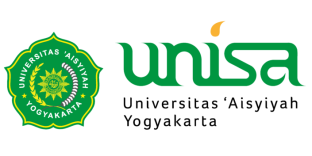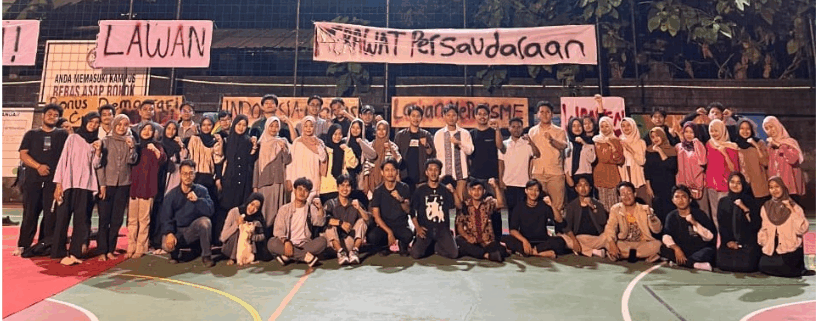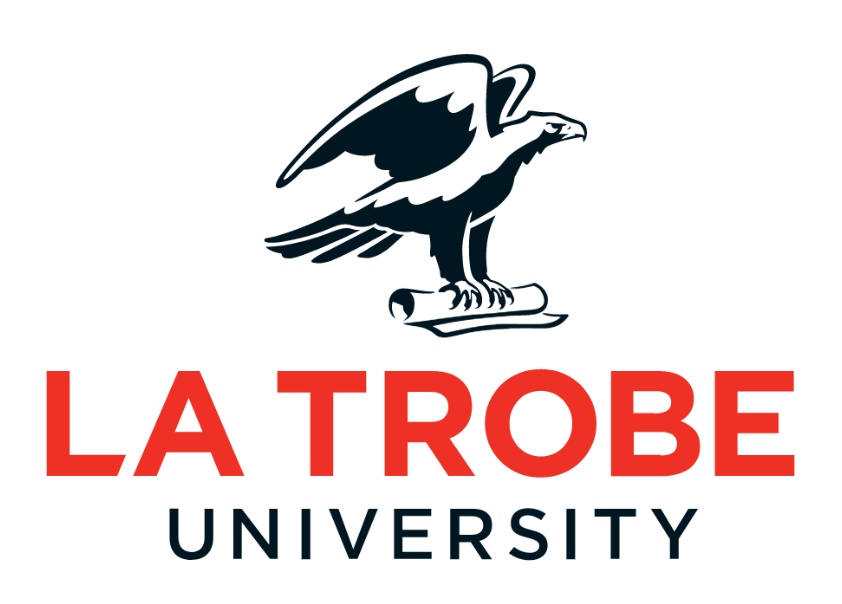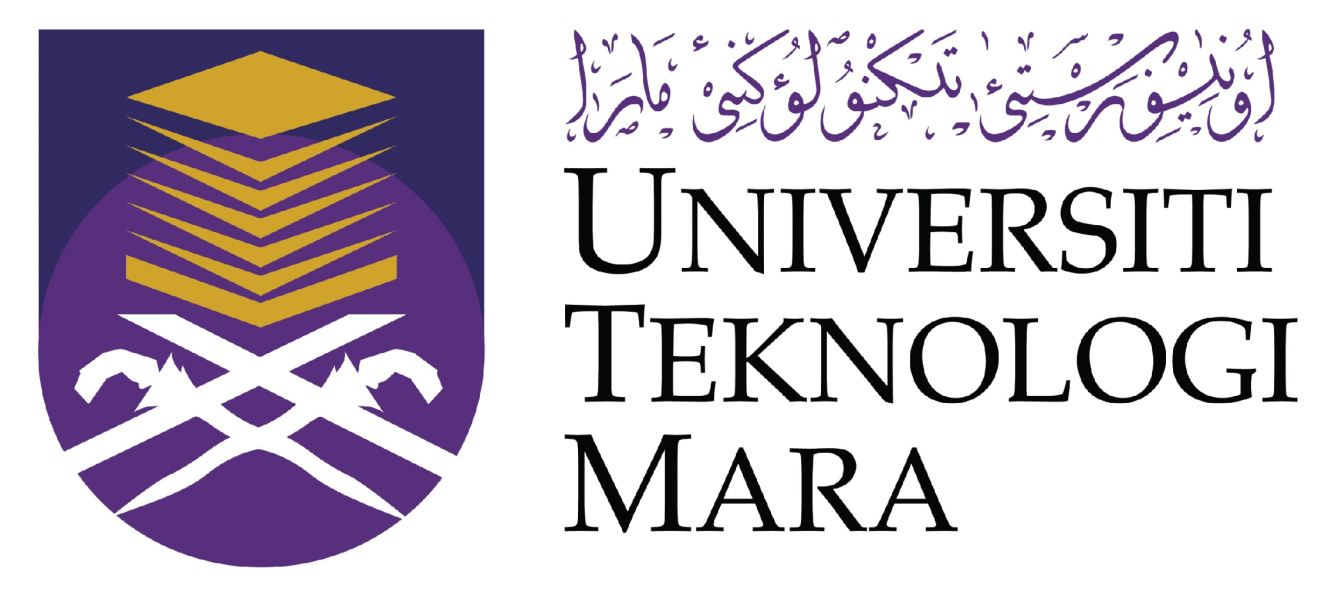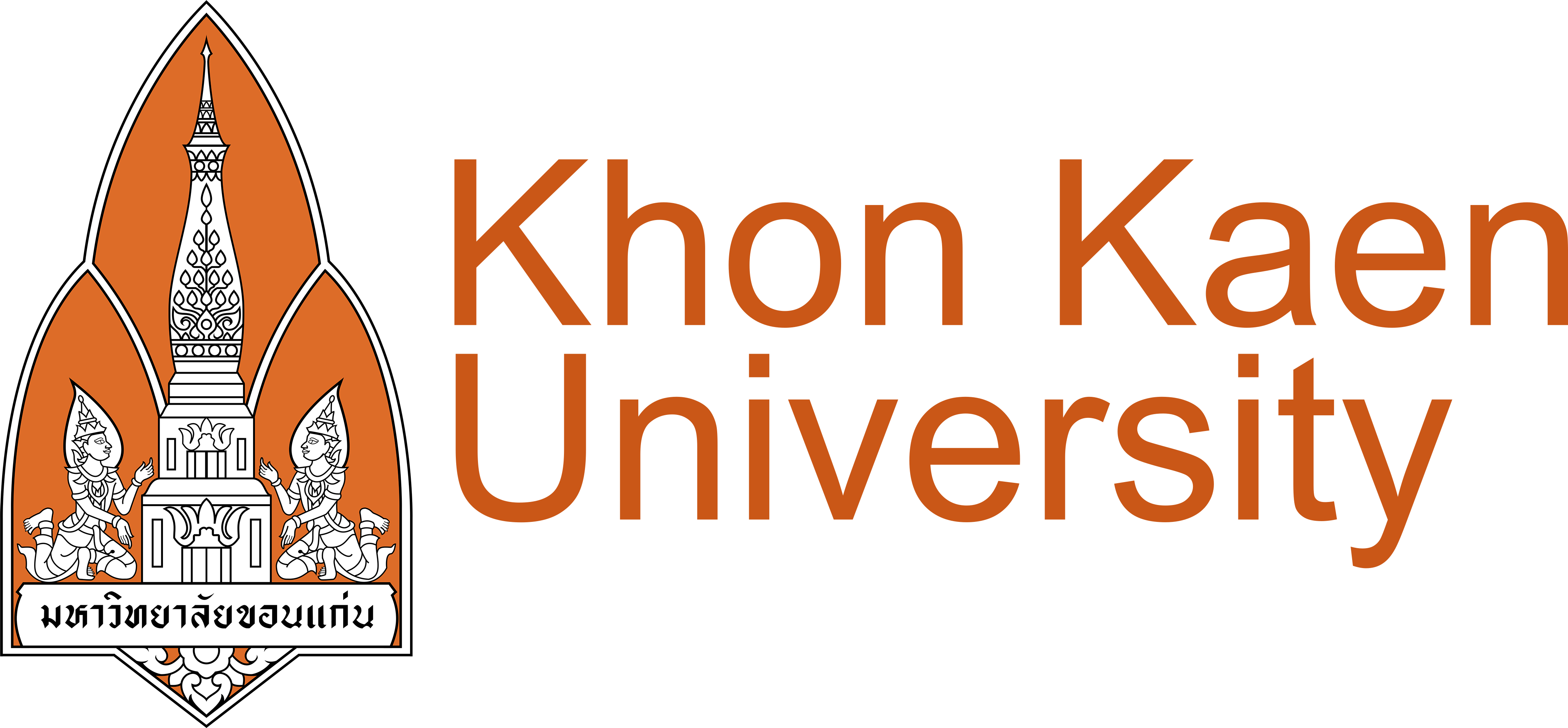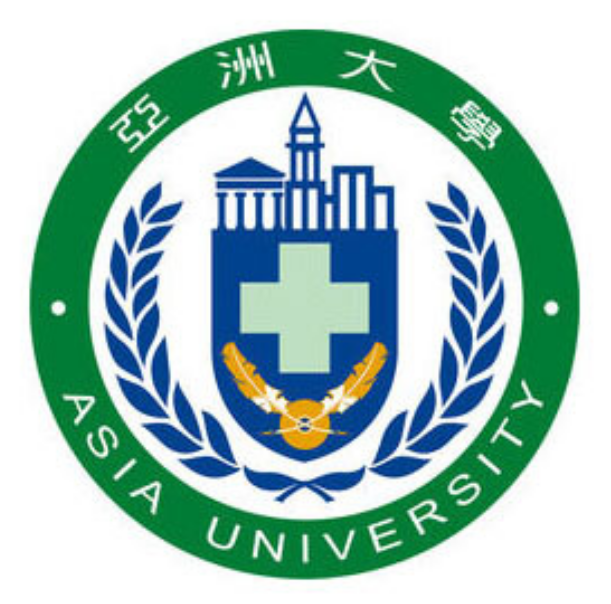BEM KM UNISA Yogyakarta Successfully Holds Discussion on Maintaining Brotherhood
Yogyakarta, August 20, 2025, A total of 100 students from various student organizations gathered at the UNISA Yogyakarta Basketball Court to participate in a discussion entitled “Youth Leadership: Revitalizing Modern Student Organizations.” The event featured cross-campus panelists: Tiyo Ardianto (President of the Student Executive Board, UGM), Fatur Djaguna (General Coordinator of the DIY Student Executive Board and President of Unjaya), and Lukmannul Hakim (President of UNISA Yogyakarta).
The discussion was dynamic and reflective. In addition to emphasizing the importance of brotherhood and collaboration, the three speakers highlighted the root causes and structural challenges affecting the lives of student organizations today.
Tiyo opened the discussion with a chronological emphasis: according to him, the decline in organizational practices began during the COVID-19 pandemic. “The pandemic forced the postponement or shift of the regeneration process, regular meetings, and other collective practices to the virtual space—and that had a long-term impact on organizational capacity,” he said.
Tiyo added that the continuation of the Merdeka Belajar — Kampus Merdeka (MBKM) policy also had an impact, with academic mobility and the division of time between academic and external activities changing the patterns of student involvement in student organizations. He underlined the need to design flexible working patterns for student organizations while maintaining continuity in regeneration and participation.
Fatur Djaguna continued with a historical perspective. In his brief presentation, Fatur examined the journey of leadership and student movements in Yogyakarta—from the tradition of public dialogue and cross-campus solidarity to the transformation of forms of action that occurred alongside socio-political changes. According to him, understanding the historical traces of the movement is very important for formulating revitalization strategies that do not repeat the failures of the past.
“The history of the movement teaches us about tactics, the ethics of struggle, and the importance of institution building,” he said.
Meanwhile, Lukmannul Hakim highlighted generational issues that are often a source of internal friction. Lukman pointed out the gap between the leadership style of the previous generation—which tends to be hierarchical and based on long experience—and the leadership style of young people, which is more exploratory, digital, and results-oriented.
“This gap is not merely a conflict; it is an opportunity to synthesize experience and innovation. However, without good communication bridges, the gap can divide unity,” he said.
Lukman invited student organizations to formulate knowledge transfer mechanisms that respect both sides: respect for tradition and space for renewal.
The discussion also raised issues of education, economics, socio-politics, and digital media literacy.
The final session closed with the reading of a seven-point statement on Youth Leadership.

